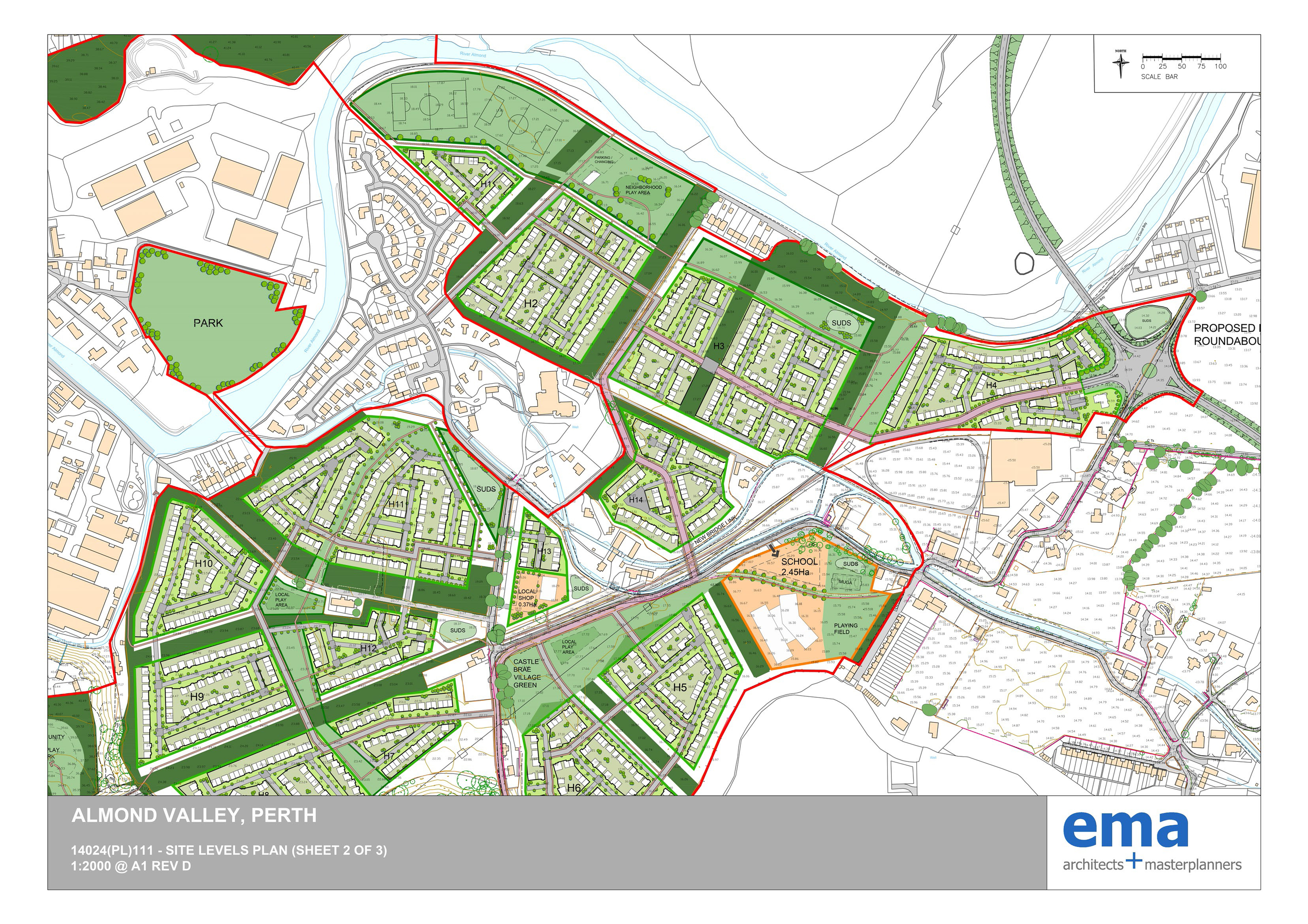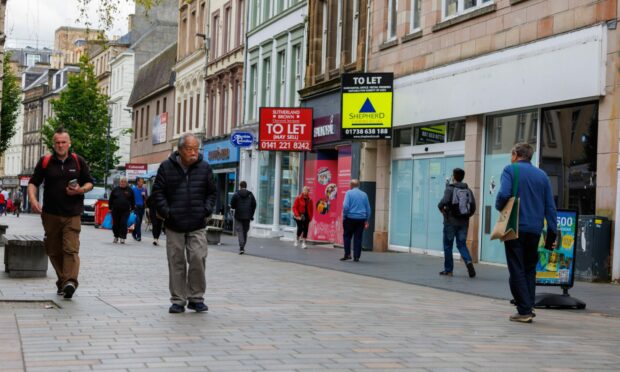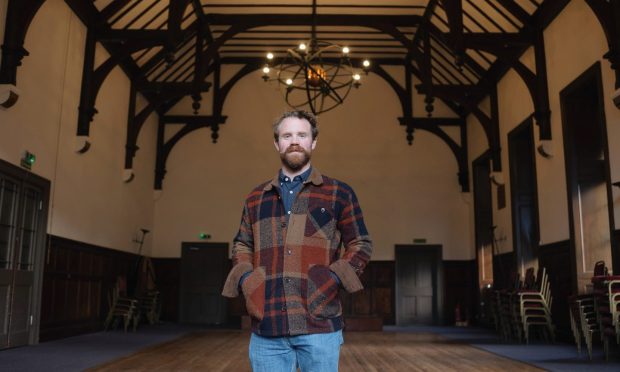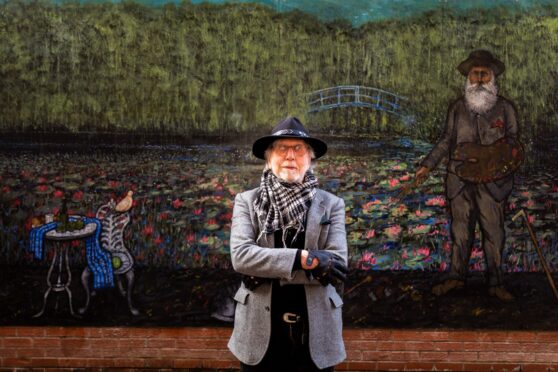Developers behind a controversial plan to build 1,300 homes and a primary school on the outskirts of Perth believe the council has a “legal duty” to grant consent.
The Almond Valley village proposal has been in the pipeline for 20 years, and, if finally given planning consent, would see a large housing scheme built on land located between Huntingtowerfield and Ruthvenfield.
After being knocked back by Perth and Kinross Council in May, it now looks certain the plan will go to a public inquiry for the second time following the Scottish Government’s planning and environmental appeals division (DPEA) recently stating their intention to hold one.
The Pilkington Trust, who are behind the Almond Valley proposal, appealed to Scottish ministers after the council refused planning permission in May.
They have asked Holyrood to overturn the local authority’s decision.
Jonathan Henson, of Savills, speaking on behalf of the Pilkington Trust, said he is still optimistic.
“It is well documented that the masterplan was approved by the council’s own officials but was rejected by councilors, against their own legal advice,” he said.
“The DPEA of the Scottish Government is presently considering the merits of a public enquiry into the matter and we are expecting a decision on how they wish to process the appeal shortly.”
“Almond Valley is an allocated site within the local plan and the council had a legal duty to grant consent.
“We are hopeful the DPEA will uphold our appeal and this would help ensure Perth is prepared for a vibrant and sustainable future, attracting jobs and investment while providing an attractive living environment for those who wish to remain in the area and attracting new residents to this quickly growing city.”
Scottish Government case officer Scott Mackenzie, who is leading the Almond Valley inquiry, previously confirmed that the DPEA has received information from the appointed Reporter which states that a hearing or inquiry session “maybe required” to assist in reaching a decision.
However, the contentious plan faces strong local opposition, with Kenny Simpson, chair of Methven and District Community Council, claiming the development would completely “ruin” the whole character of the area.
“There is no way Perth can cope with or requires the proposed nearly 10,000 houses at various sites in and around Perth, which have been granted, are before the council, or in the pipeline,” he commented.
“This by far exceeds the numbers put forward by the Scottish Government for the next 20 years.”
The ambitious scheme was previously refused by the council back in December 2011 – a move that prompted an appeal by the Pilkington Trust, which subsequently led to a public inquiry in 2012.
This appeal was dismissed but the Trust then took their fight to the Court of Session, only to lose again.
Matters then took a dramatic turn in October 2013 when the Scottish Government recommended that Almond Valley be incorporated back into the adopted local plan.
Nick Brian, Perth and Kinross Council’s development quality manager, had recommended approving the latest plan for Almond Valley prior to the meeting in May.
He had stated that Almond Valley is needed for Perth due to the projected population expansion of the region, which is predicted to grow by up to 24% up to 2037, according to figures produced by the Scottish National Records.










